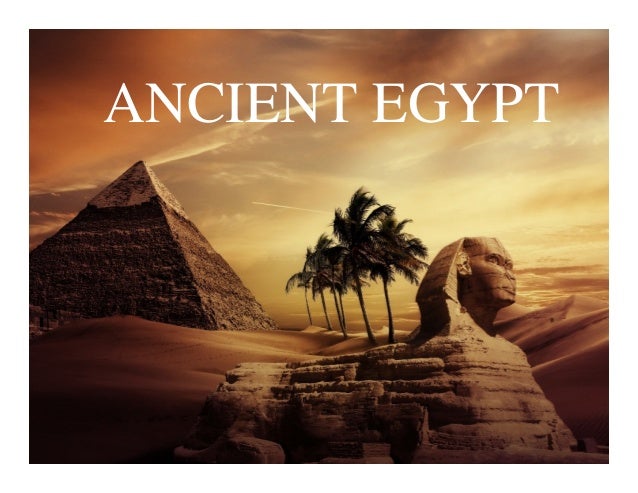HISTORY : ANCIENT EGYPT CIVILIZATION
The Nile also provided water for irrigation and served as ancient Egypt's main transportation route in 440 BC the Greek historian Herodotus called Egypt the gift of the Nile an expression that people use till date. the growth of the ancient Egyptian civilization was sparked by the religious belief that the survival of the preserved dead body was a guarantee of life beyond death. It inspired the ancient Egyptians to build magnificent temples tombs and monuments.
Historians usually divide the history of ancient Egypt into three categories the Old Kingdom 2686 to 2200 BC the Middle Kingdom 2200 to 1800 BC and the New Kingdom 1600 to 1100 BC however the earliest known settlers in ancient Egypt Warrenville ages established over 5000 years ago. By 3400 BC the villagers became a part of two main kingdoms in Egypt Lower Egypt in the Nile Valley Delta and Upper Egypt. These two kingdoms were united in 3100 BC when King Menace of Upper Egypt conquered Lower Egypt and founded the national capital of Memphis. The ways of menace a two feet high palette dates back to 3100 BC and is perhaps the earliest record of Egyptian hieroglyphic writing it depicts the struggles of King Menace to conquer Lower Egypt where he is clubbing an enemy.
Papyrus is the origin of the English word paper and the paper is plant is a River read. The pit of the papyrus plant was cut into strips of equal length and placed side by side these were covered in cloth and pounded with heavy stones or mallets into smooth sheets. The papyrus was then polished to give a smooth flat surface on which scribes wrote an ink. Black ink was made by mixing soot and water and the colored ink from special colored powder the Egyptians made Scrolls of their papyrus writing however these scrolls were not as convenient to read as books there were many different ways of writing hieroglyphs for instance they could be written from top to bottom left to right or right to left if an animal faced right you read from right to left and if it faced left you read from left to right.




Comments
Post a Comment